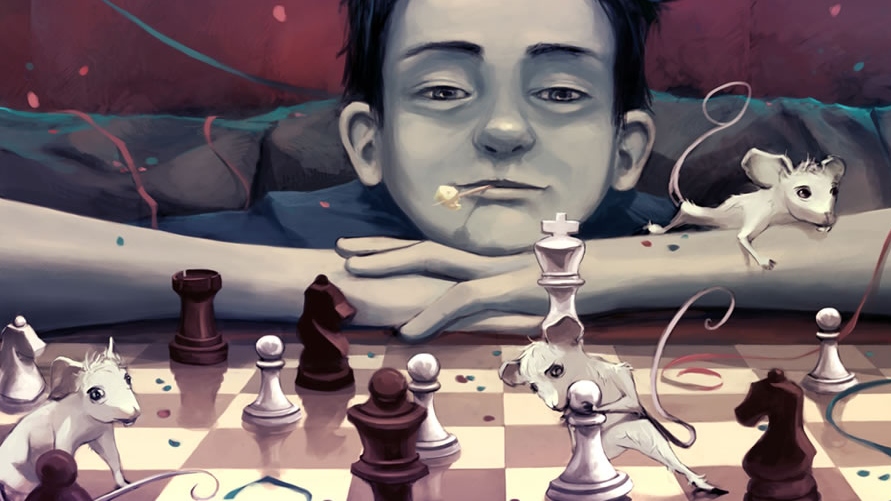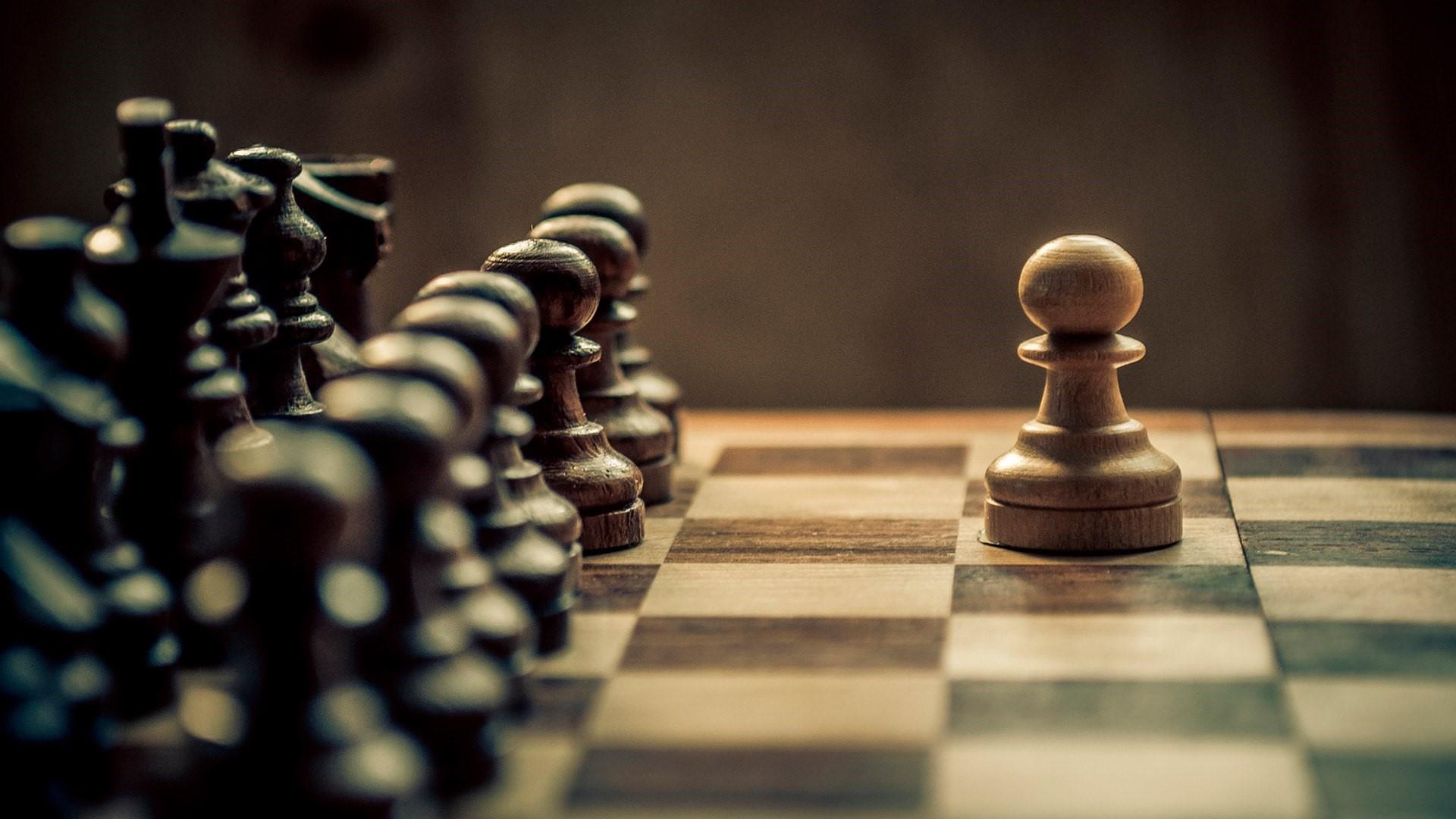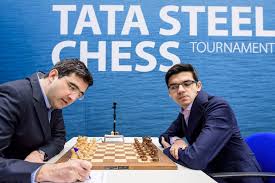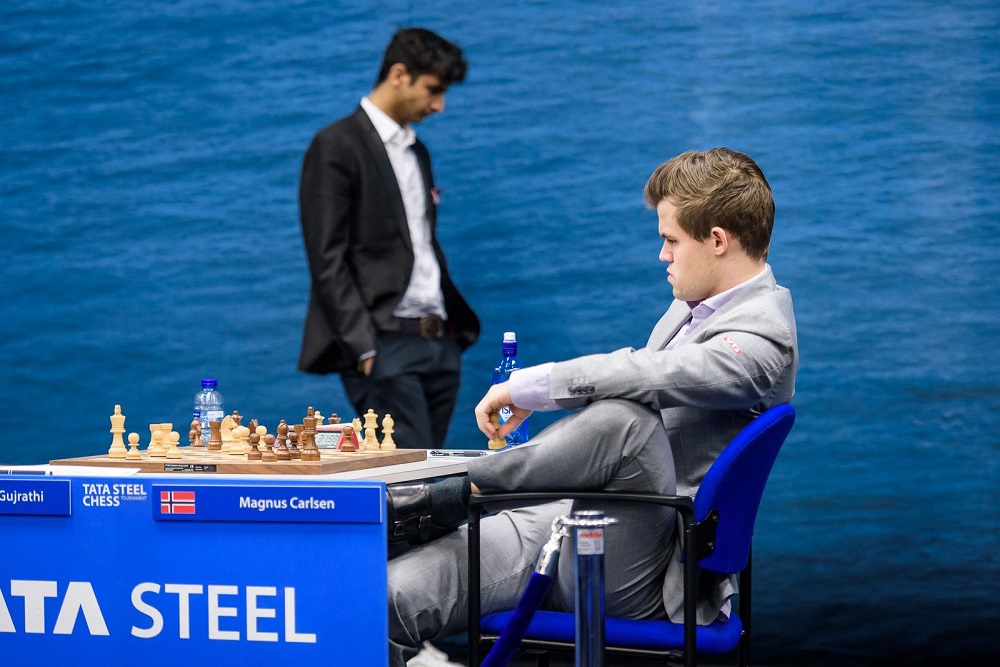Chess rules
The rules of chess (also known as the laws of chess) are rules governing the play of the game of chess. While the exact origins of chess are unclear, modern rules first took form during the Middle Ages...
Read more
“Chess is a war over the board. The object is to crush the opponent’s mind.”

“I have come to the personal conclusion that while all artists are not chess players, all chess players are artists.”

“I am convinced, the way one plays chess always reflects the player’s personality. If something defines his character, then it will also define his way of playing.”
A chess piece, or chessman, is any of the six different types of movable objects used on a chessboard to play the game of chess.
The pawn moves forward exactly one square, or optionally, two squares when on its starting square, toward the opponent's side of the board.
The bishop moves any number of vacant squares diagonally in a straight line. Consequently, a bishop stays on squares of the same color throughout a game.
The knight moves on an extended diagonal from one corner of any 2×3 rectangle of squares to the furthest opposite corner. Consequently, the knight alternates its square color each time it moves.
The rook moves any number of vacant squares forwards, backwards, left, or right in a straight line. It also takes part, along with the king, in a special move called castling.
The queen moves any number of vacant squares in any direction: forwards, backwards, left, right, or diagonally, in a straight line.
The king moves exactly one vacant square in any direction: forwards, backwards, left, right, or diagonally; however, it cannot move to a square that is under attack by an opponent.
The rules of chess (also known as the laws of chess) are rules governing the play of the game of chess. While the exact origins of chess are unclear, modern rules first took form during the Middle Ages...
Read morePictures of the strongest chess events of the year.

Kramnik vs Giri

Carlsen vs Giri

Gujrathi vs Giri

Carlsen vs Gujrathi